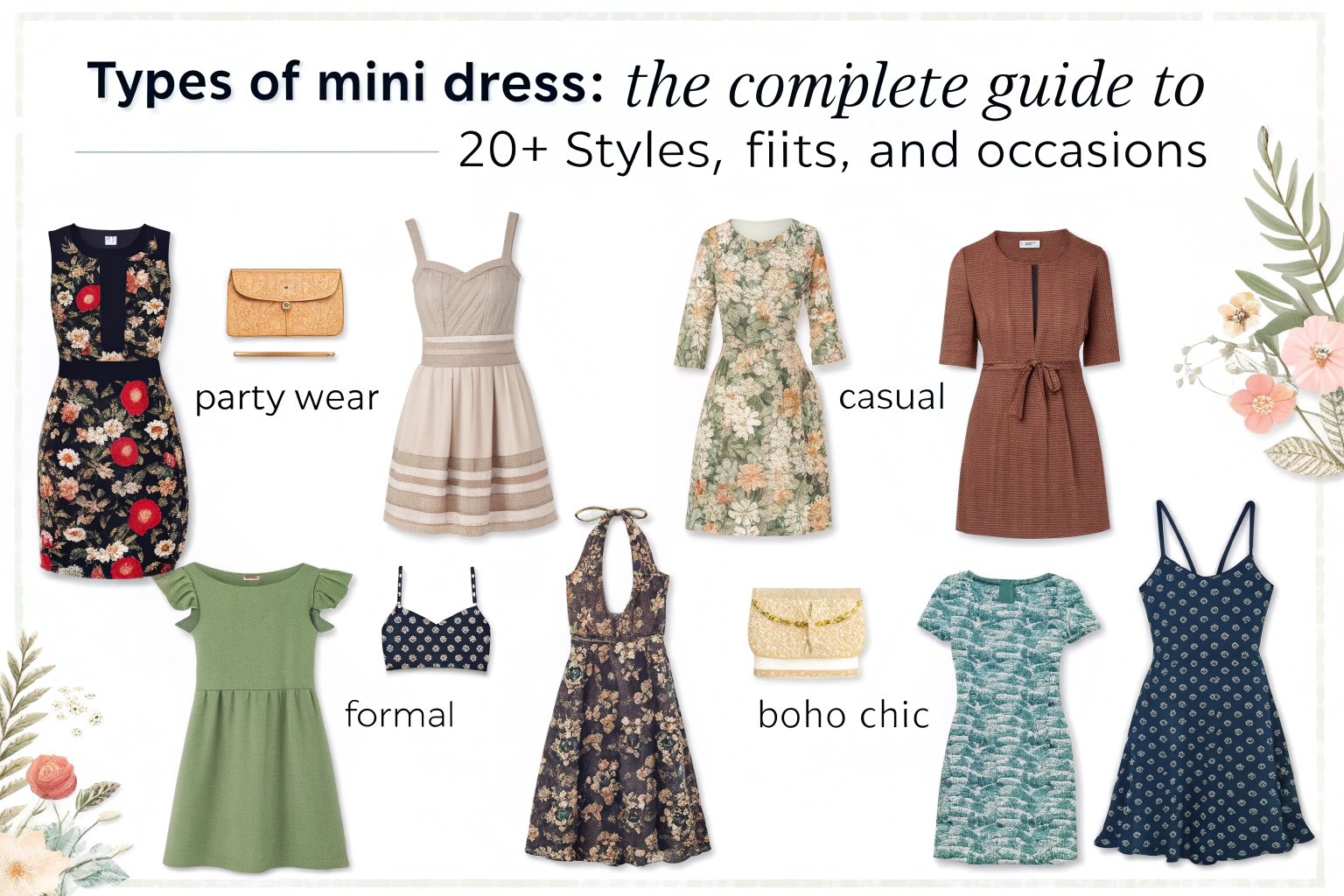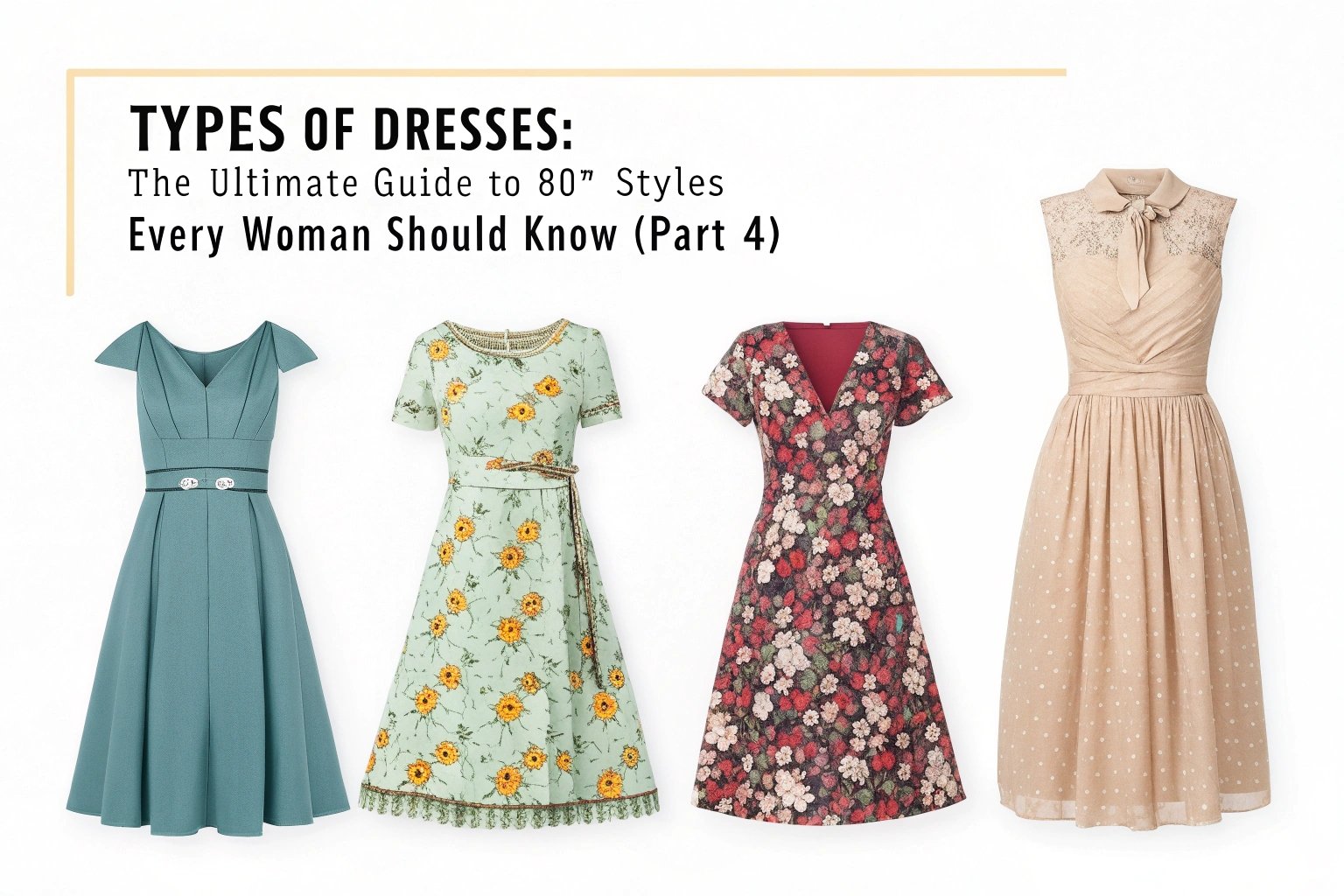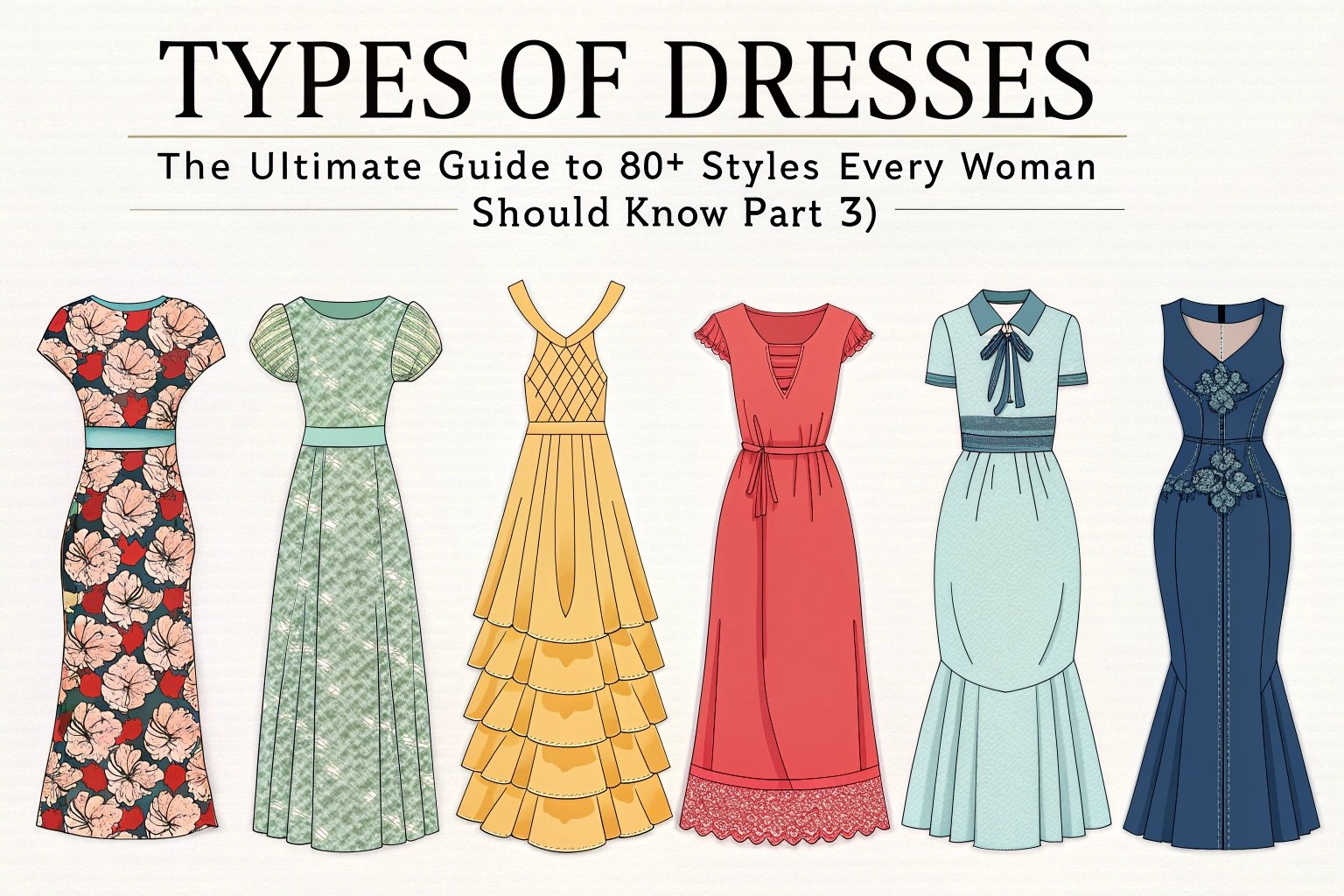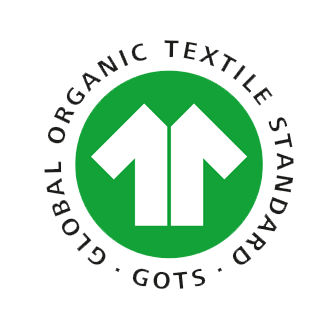In the apparel industry, we often hear the terms “dressmaker” and “designer” used interchangeably. But in reality, they represent distinct roles in the fashion creation process. Understanding the difference helps fashion businesses align with the right partners and talents.
A dressmaker focuses on constructing garments based on specific measurements and requests, while a designer is responsible for conceptualizing fashion styles, trends, and collections.
We collaborate with both—designers bring the vision, and dressmakers help translate that into a wearable reality.
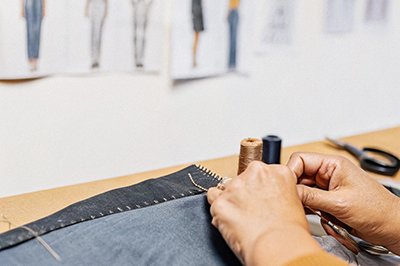
What does a dressmaker do?
A dressmaker is a skilled craftsperson who constructs garments—often by hand or in small batches—with a focus on precision and fit.
Dressmakers specialize in translating a design or idea into a real, wearable piece using fabric cutting, stitching, and pattern adaptation.
Core Responsibilities
- Taking client measurements
- Altering patterns to match body shapes
- Sewing garments by hand or machine
- Adjusting fits through multiple trials
- Constructing bespoke or made-to-measure pieces
Where Dressmakers Thrive
- Bridal and eveningwear
- Custom tailoring shops
- Small-batch or made-to-order services
- Alteration businesses
They work more directly with end clients than with the mass market.
What does a fashion designer do?
Designers lead the creative process behind a garment collection, focusing on trends, functionality, fabric sourcing, and silhouette direction.
Fashion designers are responsible for imagining and sketching garments, specifying materials, and guiding collections to align with brand identity and customer demand.

Designer Responsibilities
- Forecasting trends
- Sketching new styles
- Creating technical packs and CADs
- Selecting fabrics, trims, and colors
- Working with manufacturers on samples and fit approvals
Designers may not always know how to sew or cut fabric, but they guide the vision from start to finish.
How are their skill sets different?
Dressmakers and designers operate in different parts of the fashion supply chain.
Dressmakers rely on garment construction skills, while designers focus on creativity, market insight, and collection development.
| Skill Area | Dressmaker | Designer |
|---|---|---|
| Sewing Proficiency | Expert | Often minimal |
| Pattern Alteration | Advanced | Basic to none |
| Trend Analysis | Rare | Essential |
| Digital Sketching | Not required | Common |
| Communication Style | One-on-one with client | Often with teams & factories |
Can a dressmaker become a designer?
Yes—and many do. In fact, some of the world’s best designers began as skilled dressmakers.
Transitioning from dressmaker to designer involves learning market trends, branding, and the creative direction process.

What’s Needed for the Shift
- Developing a personal design aesthetic
- Learning digital design tools like Adobe Illustrator or CLO 3D
- Understanding customer personas and retail behavior
- Moving from execution to ideation
We’ve worked with many small-label founders who started sewing in their studio and eventually built their own collections.
Who does a fashion manufacturer like us work with more often?
In B2B fashion manufacturing, our primary point of contact is typically the designer or product development team.
We work more with designers who come with clear tech packs, moodboards, and direction for fabric sourcing and sampling.
Why Designers Drive Production
- Clear alignment with brand identity
- Stronger understanding of timelines and production processes
- Better ability to translate feedback into tech revisions
However, we also assist boutique dressmakers looking to scale by standardizing and producing their custom designs in limited batches.
Which is better for launching a fashion brand?
That depends on your goal. Are you building a creative label or offering bespoke services?
A designer is best suited for starting scalable brands, while a dressmaker fits personalized services or hyper-local businesses.

Brand Start-Up Matrix
| Brand Type | Ideal Starting Role |
| Online Boutique | Designer |
| Bridal Atelier | Dressmaker |
| Ready-to-Wear Line | Designer |
| Tailoring Service | Dressmaker |
| Capsule Brand | Either (depends on scope) |
Do brands need both dressmakers and designers?
Yes, especially as they scale. Designers lead vision. Dressmakers ensure garment quality and integrity.
Successful fashion operations often involve both roles—designers create the vision, and technical teams including dressmakers refine and execute the fit and finish.
Where They Collaborate
- Sample making
- Fit sessions and corrections
- Translating sketch to garment
- Limited edition pieces
Conclusion
Dressmakers and designers play different, equally vital roles in fashion. One builds, the other imagines. As a manufacturer, we rely on designers for direction but admire the technical artistry dressmakers bring to the industry.


